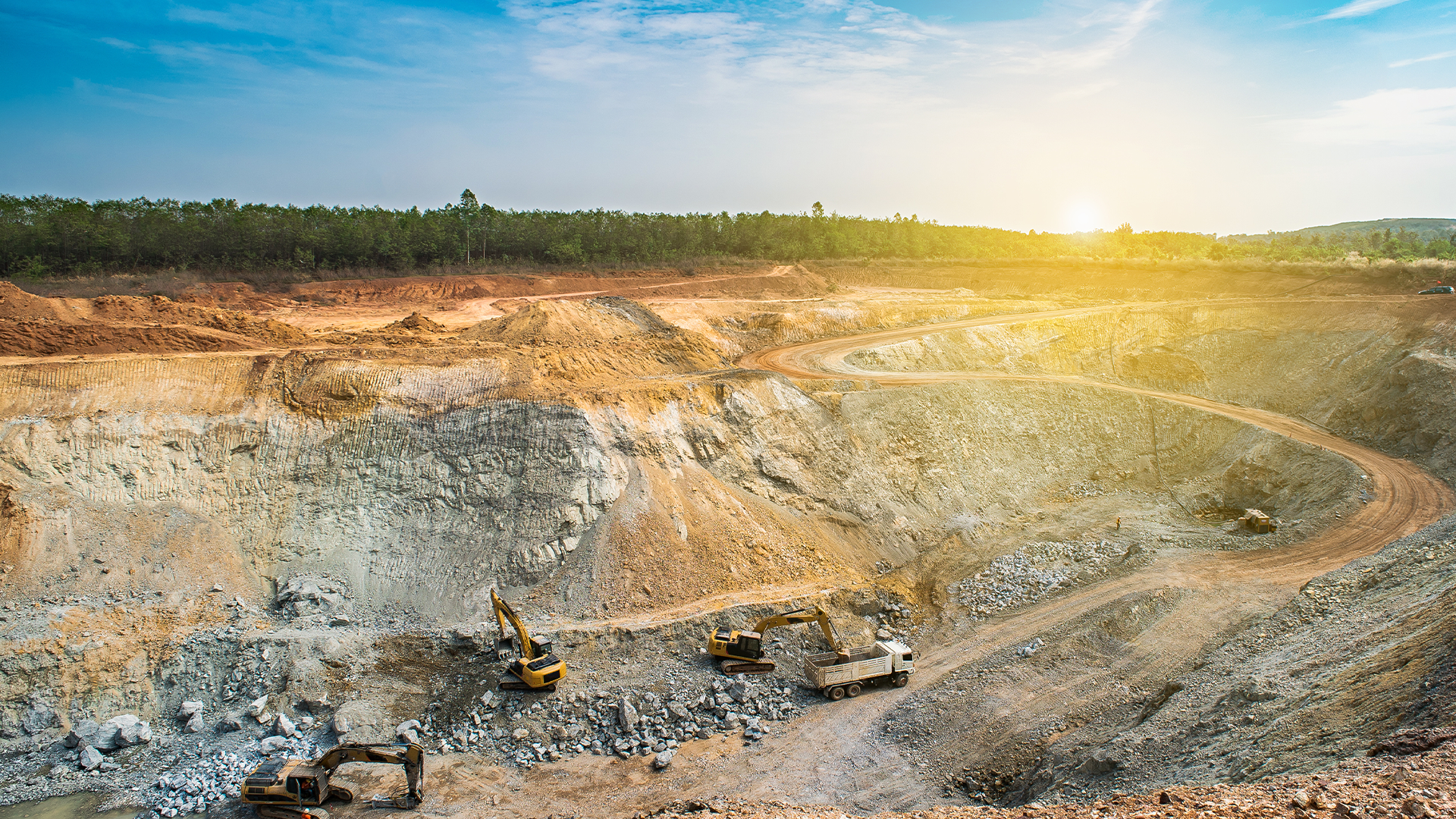Key takeaways
In determining to refuse consent for the coal mine, the Court determined that the assessment undertaken of key environmental and social impacts was inadequate and that the measures proposed to mitigate those impacts were also inadequate.
For the resources sector, and other major projects proponents, the key takeaways from this decision are to ensure that:
- the environmental and social impact assessments are robust
- adequate mitigation measures are proposed
- the public benefits of the project outweigh its “costs” to the environment and the community, and are greater than the benefits from existing or likely preferred uses
- the project has obtained a “social licence to operate” from community.
Compliance with these requirements will assist project proponents to obtain planning approval and to maintain the ongoing acceptance of their project by the host, and broader community, therefore avoiding costly conflicts and delays.
Visual impacts and land use compatibility
The Rocky Hill mine was to be located in a high quality landscape and therefore impacts of the mine on the landscape or visual impacts were an important assessment consideration. The Gloucester Valley was described as a “unique topographical feature”, and where the setting was “scenic and serene” or “an idyll”.6
The Court found that:
- land uses surrounding the proposed mine of residential, agricultural and agri-tourism properties, would have high visual sensitivity to the project as residents highly valued the visual amenity provided by the surrounding landscape;7
- the project would have had a high visual impact due to the contrast between the proposed mine and the existing environment, and the public and private viewpoints of the mine;8
- rehabilitated landform and its vegetation would be incongruous with the existing landscape, and would continue the visual impact of the project post-rehabilitation;9 and
- the Rocky Hill mine would have had consequential adverse effects on existing, approved and likely future uses of land in the vicinity.10
The decision highlights that projects located in “significant landscapes” will need to demonstrate that they will not have unacceptable adverse impacts on those landscapes during construction and operation, particularly if the landscapes are undisturbed at the time of the application. What will be “unacceptable” will be significantly influenced by the submissions made by community members and organisations. Amenity barriers may not be sufficient as a mitigation measure to reduce visual impacts particularly where the barriers themselves would be visible as additional human-made features and as such have an unacceptable impact.11 Further, proponents must demonstrate that following rehabilitation, the landform will be reinstated and that the recreated landscape will retain the values of the pre-development landscape.
Social and cultural impacts
The Court’s lengthy consideration of the social impacts in Rocky Hill highlighted the importance for proponents to have significant regard to the wider social impacts of a project, both actual and perceived. While the project was found to have positive social impacts in terms of local employment and stimulation of the economy, the benefits were still insufficient to outweigh the other negative social impacts.
Justice Preston concluded that many of the social impacts were likely to have a high or extreme social risk rating12 including adverse impacts on:
- the amenity of the locality and people’s health and wellbeing, including perceptions of threats to their health due to the high visual impact and the particulate, noise and light pollution of the Project;13
- the composition, cohesion and character of the community and people’s “sense of place” from the influx of workers for the project,14 high visual impact,15 the physical destruction of a loved environment causing distress and loss (or solastalgia), and the rupture of a positive emotional bond between people and the environment;16
- Aboriginal culture and connection to country due to impacts on identified sites, the risk of impacts to unidentified sites, and a broader impact on the landscape which has high spiritual significance to the Aboriginal people. The rehabilitation of the mine was considered unlikely to heal these impacts.17
The decision encourages proponents to ensure that their social impact assessments accurately assess a broad range of social issues, including the impact of a proposal on the community’s sense of place, using an appropriate methodology. This will be particularly important where residents have a deep attachment to an area. Further, proponents will need to consider whether any proposed mitigation strategies will contribute to the negative social impacts of the project, for example, as a result of negatively impacting the scenery or amenity.18
Public benefits to outweigh public costs
The Court recognised the sizeable public benefits of employment, royalties to the NSW Government, and infrastructure contributions to the local council. However these public benefits were held not to outweigh the significant adverse land use and visual and social impacts (in addition to climate change).
Although Gloucester Resources Limited (GRL) proposed numerous mitigation measures, including a community grants program funded from a total payment of $6.5 million over the life of the mine to address social impacts, the Court found that the proposed mitigation measures would not be effective in mitigating the negative social impacts.19 Further, the Court held that there was inequity in the distribution of the burdens and benefits of the project: the social and environmental burdens were to be borne by the local community, as they were to be in close proximity to the project, but the positive economic benefits would largely flow to others who are more geographically distant from the project, such as GRL’s investors and shareholders, and government entities.20
The decision emphasises the importance of proponents providing measures to minimise impacts and any incompatibility with existing, approved and likely preferred uses in the vicinity, including uses which are likely to occur after decommissioning of the project.
This will take on heightened importance where a project is proposed to be located on strategic agricultural land, with the proponent needing to demonstrate that its rehabilitation plan will successfully restore the agricultural capability of the land. Comparable examples of mine rehabilitation will assist, being examples which are of a similar scale to the project, and which have been successfully used over a period of time, for example, cropping or agricultural production.
Where a proponent can provide a bundle of public benefits that can, on balance, outweigh the combined costs of the project and the public benefits of the existing approved and likely preferred uses, the project will likely to be considered assessed and determined differently to the Rocky Hill mine.
Social licence to operate
“Social licence to operate” is becoming an increasingly topical issue across a broad spectrum of industries. In May 2018, the ASX Corporate Governance Council consulted on a proposal to amend the ASX Corporate Governance Principles for listed companies to “recognise the fundamental importance of a listed entity’s social licence to operate”.21 In November, the Commonwealth Parliament investigated the issue and recommended that minimum standards for mining and resources companies be established to secure and maintain a social licence to operate in regional areas.22 Further, the Hayne Royal Commission Report released early this year identified six norms of conduct which are fundamental precepts reflected in the law. One of those fundamental precepts is to “act fairly”.23 The Royal Commission demonstrates that the community expects organisations to behave in certain ways in order to have a social licence.
The Rocky Hill case demonstrates that having significant community opposition to a project (83% of submissions from the Gloucester local government area opposed the mine),24 can result in lengthy delays in the assessment, and ultimately, refusal of planning approval. There were over 2,000 objections made during the public exhibition of the project’s amended development application.
In this climate, early and meaningful engagement with the community is crucial to limiting some of the risks that arise from sections of the community that oppose a development. Proponents are encouraged by the NSW Government to undertake “a comprehensive, detailed and genuine community consultation process throughout the assessment process, including at the siting and pre-lodgement stage”.25 Community members who lodge an objection to a project during the public exhibition period may have a right of appeal against the decision, which is increasingly exercised.26 Even where such an appeal fails and planning approval is granted for the project, litigation can generate significant costs and lead to delays in the commencement of the project and potential reputational risk.
We are increasingly observing that communities and local councils are seeking to ensure that socio-economic benefits of a project flow directly to them. Where there is significant community opposition, proponents should be minded to provide mitigation programs and community benefits packages which are adapted to the specific community’s needs, and connected to the actual and perceived negative environmental and social impacts caused by the project. This may involve considering innovative management and financial opportunities such as co-ownership or co-investment to build greater local support for a development.
Please contact a member of our team if you wish to discuss this decision and what it may mean for your project.





